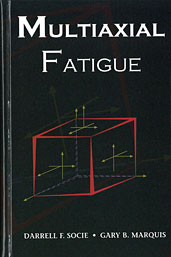Technical Paper
4WID/4WIS Electric Vehicle Modeling and Simulation of Special Conditions
2011-09-13
2011-01-2158
This paper introduces the characteristics of the 4 wheel independent driving/4 wheel independent steering (4WID/4WIS) electric vehicle (EV). Models of Subsystems and the vehicle are constructed based on Matlab/simulink. The vehicle model allows the inputs of different drive torques and steer angles of four wheels. The dynamic characteristics of drive motors and steer motors are considered, and also it can reflect the vehicle longitudinal dynamics change due to the increase of the mass and inertia of the four wheels. Besides, drive mode selection function that is unique to this type vehicle is involved. Simulations and analyses of crab, oblique driving and zero radius turning which are the special conditions of 4WID/4WIS EV are conducted. The results show that the model can reflect the dynamic response characteristics. The model can be used to the simulation analyses of handling, stability, energy saving and control strategies verification of 4WID/4WIS EVs.

